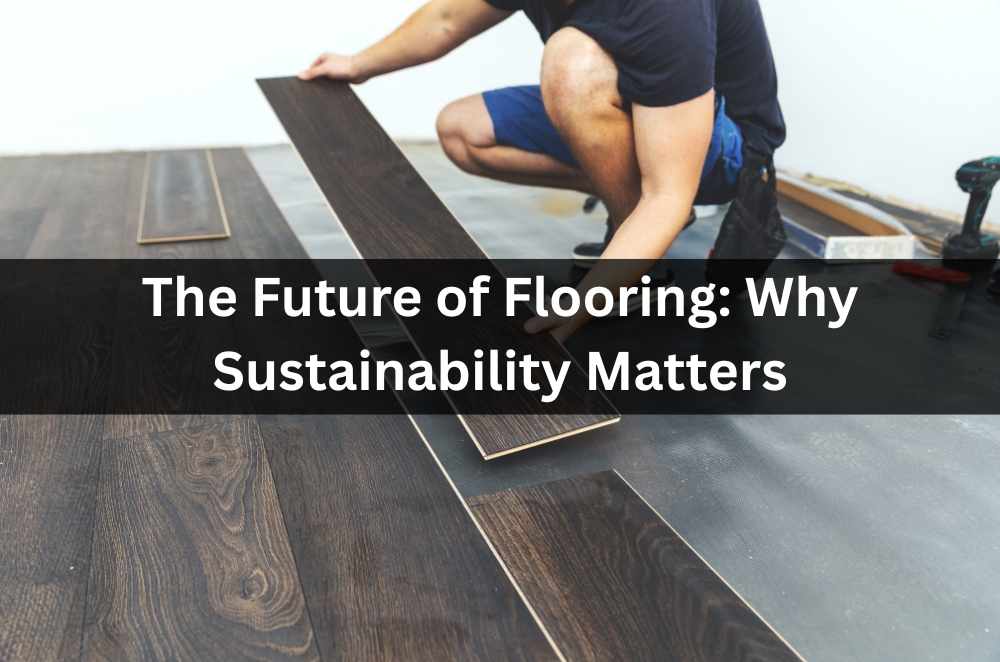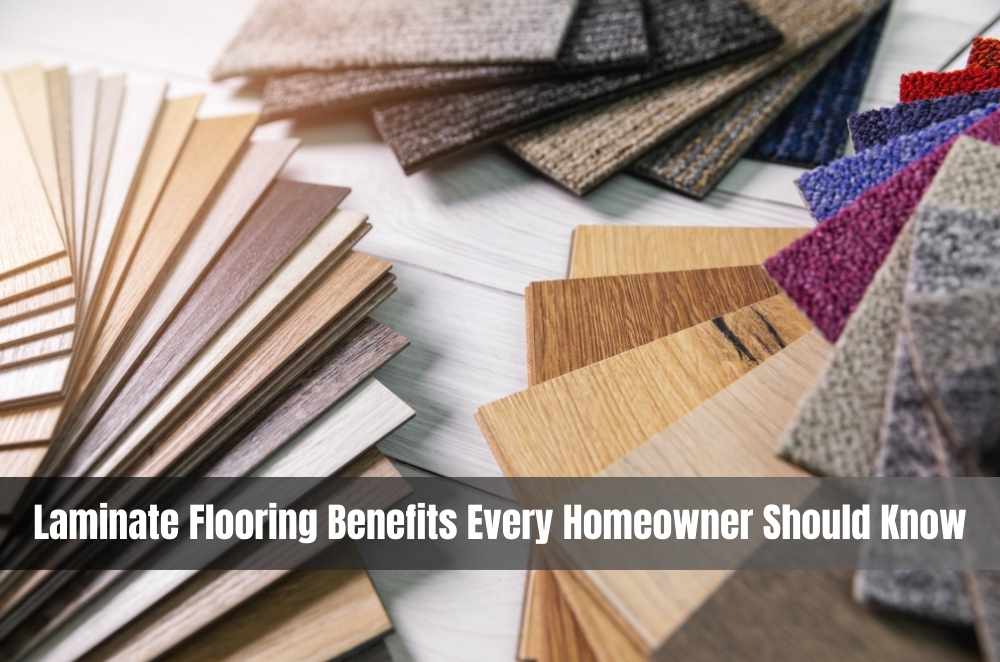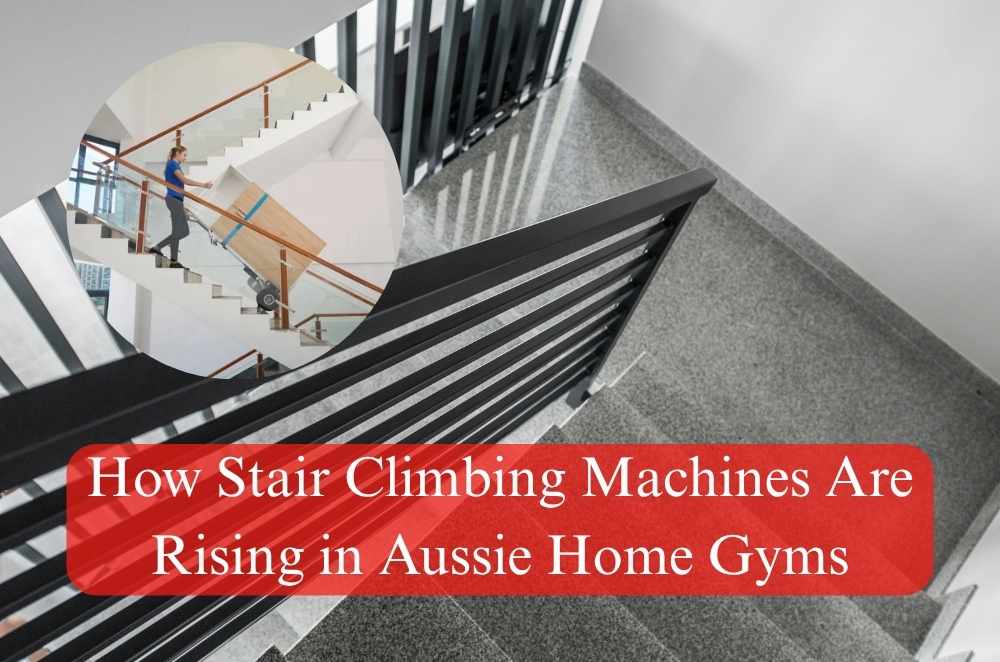
Renovating with the planet in mind isn’t just solar panels and chunky insulation—it's the quiet stuff under your feet. Floors run through every room, cop the sand after a beach day, the dog zoomies, and the dropped saucepan. Choose well and they lower energy use, tame indoor air nasties, and keep looking decent long after the paint dries. For many homes, laminate and hybrid boards carry the load with a lighter footprint than slow-grown hardwoods. The trick is tracing the whole story—forest to factory to hallway—and picking makers who actually show their homework on sourcing and chemistry. If you’re shortlisting, anchor around eco friendly flooring choices; it keeps style and sustainability on the same page rather than in separate budgets.
What “sustainable flooring” means at home (not in a brochure)
Sustainability isn’t a sticker. It’s a chain of choices that starts in a forest or furnace and ends decades later when you pull the skirting off and decide whether those boards get a second life.
Material provenance: Prefer fast-growing timbers, recycled fibres, or documented sources that don’t chew through old-growth just to look warm in a hallway.
Manufacturing efficiency: Factories with waste capture and lower energy intensity are worth a second look—publish the numbers or it didn’t happen.
Indoor air quality: Low-VOC adhesives and finishes matter in tight, energy-efficient houses where the air hangs around longer.
End-of-life: Products designed for disassembly or recycling stop entire rooms from going to landfill in one weekend.
Over the years, I’ve seen labels become useful shortcuts. Programs run by groups like Good Environmental Choice Australia and the Green Building Council of Australia have nudged the market toward clearer claims and fewer weasel words.
Laminate vs hybrid vs timber: pick for the room you live in
One floor won’t win every room. The kitchen has drink spills. The hallway gets grit. Bedrooms want to be quiet.
Laminate (HDF core): Strong wear layer, quick to install, fussy about puddles. Good for traffic if you keep moisture under control.
Hybrid (rigid core): Solid on moisture and shape stability; ideal for entries and kitchens where wet shoes and prams do laps.
Engineered timber: Real timber veneer with a calm layered core—warm underfoot and repairable, but wants pH-appropriate cleaners and a little patience.
Solid timber: Gorgeous and refinishable for decades, but heavy on embodied impact and maintenance.
If you’re still deciding, a plain-English run-through of laminate flooring benefits helps set expectations about acoustics and cleaning so day-one love still makes sense in year seven.
Life cycle thinking: the square metre you don’t replace
The greenest floor is the one that doesn’t need swapping out every five years. Durability and care shrink your footprint more than most marketing will admit.
Embodied impacts: Resin chemistry, power mix at the plant, and freight distance set your early carbon tab.
Use phase: Floors that clean well with neutral pH and light water cut chemical use, and keep finishes honest.
Repairability: Swapping a damaged board beats replacing a hallway; repairable designs save more than money.
Exit plan: Recycling schemes and take-back programs matter on the day the skip bin shows up.
I checked back on two near-identical apartment buildings after five years. Same product installed. The block that stuck with neutral cleaners and felt pads under chairs still looked new. Maintenance, not miracles, won the day.
Training, standards, and the installer who saves you twice
Boards don’t fail on their own. They fail when subfloors are rushed, acclimatisation is skipped, or glue and underlay don’t match the spec.
Competency matters: Formal flooring installation training signals someone knows moisture testing from muscle memory and won’t treat expansion gaps like a suggestion.
Substrate prep: Moisture barriers, levelling, and dust-free bases stop telegraphing and weird edge lift.
Adhesive/underlay: Low-VOC systems protect air quality and keep warranties intact; the fine print is boring until it isn’t.
Expansion planning: Give boards room to breathe so summer doesn’t turn your living room into a bouncy castle.
A good installer saves you twice: once at fit-off, and again in all the dramas you never have.
Real-life durability: kids, pets, and weekend chaos
Sustainable choices have to survive normal families. That means scooters indoors (it happens), a Labrador with wet paws, and toast crumbs that appear from nowhere.
Scratch resistance: Tough wear layers keep high-traffic lanes presentable without turning the house into a runner museum.
Moisture control: Rigid-core hybrids are unbothered by puddly shoes; wipe-ups become a non-event.
Acoustic comfort: A tuned underlay calms footfall in multi-storey homes; you’ll hear it in the room below.
Easy cleaning: Neutral cleaner + microfibre = less residue, fewer smells, faster dry. That’s laundry time you get back.
For young families, choosing a hybrid floor explains why rigid cores and decent wear layers cope with prams and puddles better than most glossy brochures admit.
Buying without the greenwash: procurement that works
Responsible buying is less about paying a premium and more about cutting noise.
Ask for evidence: Third-party verifications on emissions, recycled content, and wood sourcing turn claims into facts.
Cut the SKU jungle: Fewer product systems with clear care guides reduce training time and the chance someone grabs the wrong bottle.
Aftercare in the box: Floor protectors, a neutral cleaner, and a one-pager on maintenance stops “mystery stickiness” before it starts.
Warranty clarity: Know the humidity range and cleaners that keep coverage alive—saves arguments later.
On a small, medium-density build, we stuck the care sheet on the pantry door. Boring, yes. Also, the most thanked item at handover.
Labels and councils: handy shortcuts, not silver bullets
Certifications won’t choose for you, but they stop you from comparing apples to marketing.
Ecolabels: Programs like Good Environmental Choice Australia reward low toxicity and verifiable sourcing.
Building frameworks: The Green Building Council of Australia keeps attention on air quality, materials, and energy in the same breath.
EPDs: Environmental Product Declarations let you line up two products and compare on actual numbers, not adjectives.
Local proof: Australia’s humidity swings and salty air punish adhesives; pick systems proven here, not just somewhere colder and drier.
Use labels to ask better questions, not to switch your brain off.
Care that genuinely extends life
The mop matters. Technique beats muscle.
Neutral first: Save heavy hitters for real messes; most day-to-day soil lifts without drama.
Microfibre, not lakes: Controlled moisture protects seams and speeds drying (fewer slips, too).
Pad selection: The wrong pad hazes coatings or skates over greasy patches; the right one turns “meh” to “done.”
Seasonal habits: Felt pads under chairs, door mats that actually work, and a quick humidity check before a heatwave.
A calm routine outperforms heroics. Floors that get steady, gentle care live longer and look better. Fewer replacements, smaller footprint.
Final word: choose once, care well
Sustainable floors aren’t only kinder to forests; they’re kinder to how you live. Responsible sourcing, efficient manufacturing, trained installation, and simple care add up to a surface that stays handsome without constant hand-holding. Start with your priorities—air quality, durability, moisture tolerance—then narrow the field using transparent data and practical notes. Keep eco-friendly flooring choices in view, weigh the lessons from laminate flooring benefits, lean on flooring installation training as your quality signal, and use insights from choosing a hybrid floor when rooms are splash-prone. Do that, and you’ll step into spaces that feel calm underfoot today and still make environmental sense years down the track.








Write a comment ...